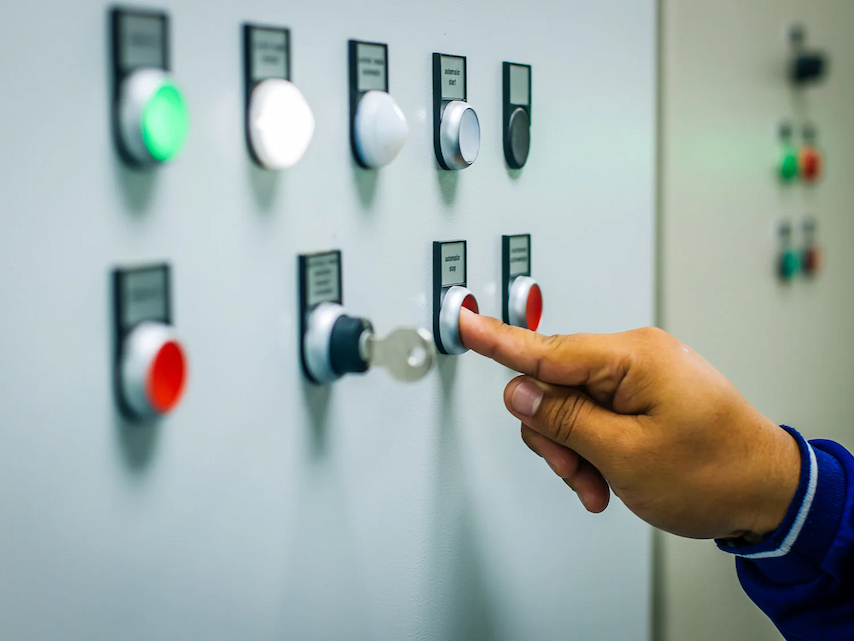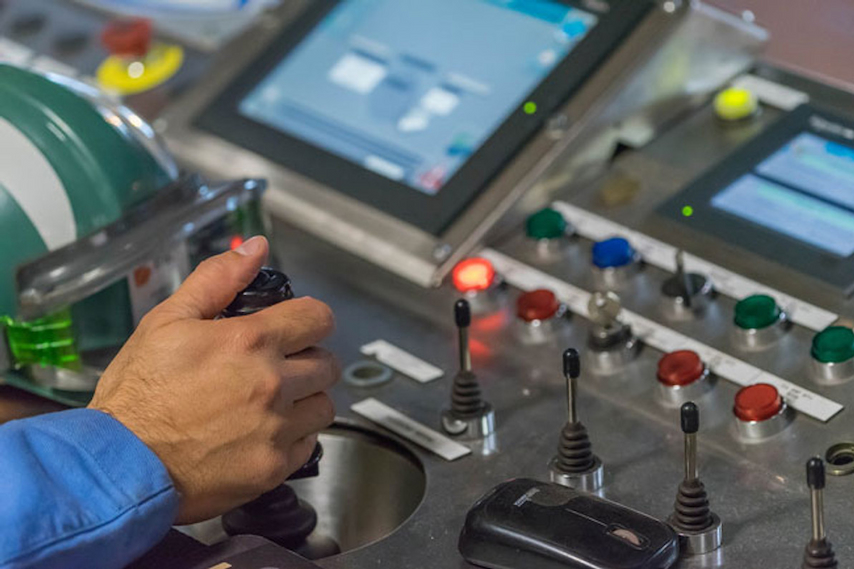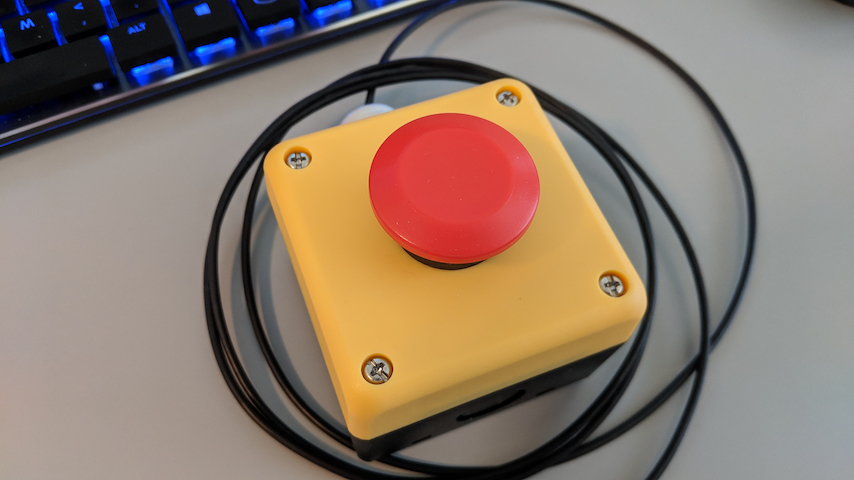Since the beginning of our world’s industrialisation, there has been a difference between industry-made products and commercial ones. Although it hasn’t always been at the level it is today, the difference between industrial and commercial switchgear is on the same path.
First of all, industrial switchgear is a lot more reliable as it’s made of higher-grade materials but that’s simply because it’s made to withstand more abuse and use. Unlike commercial switchgear, industrial switchgear is better protected from electromagnetic interference as well as overvoltage. This alone makes it more durable but also more expensive. But as commercial switchgear, industrial one also needs to be compatible with the machinery you’re working on.
What Matters in an Industrial Push Button

Size
The first and probably most obvious thing to consider with an industrial push button is its size. The diameter of a push button will determine not only its usability but also its importance. Large industrial push buttons are used for more important tasks and emergencies while smaller ones are made for less used features and actions.
Style
While style isn’t something that comes to mind when talking about switchgear, let alone industrial, it’s actually rather important. Industrial push buttons come in different styles but that’s mainly because they need to convey a certain type of significance. Brighter colours and more pronounced bezels are made for emergency buttons while subdued colours even on the bezels are made for less used actions.
Types of Push Buttons

Flush
A flash push button for industrial use is made so that it sits flush with its housing. This is why you need to apply direct pressure to actuate the button and thus fewer mishaps happen.
Guarded
Similar to flush push buttons, guarded ones are able to prevent unwanted use with the help of a metal guard around the button.
Extended
The most common type of industrial push button switch is an extended one. This button is used mainly as a “stop” button because of its simple design.
Selector
A selector industrial push button switch is used when you need to have more than one operation done by it. This can be “off” and “auto” functions as selector buttons are able to maintain contact.
Push-Pull
With a push-pull button, you can pull the button out and push it in which gives you two different operations that are connected with each other. These mainly include, start/ stop and up/ down.
Potentiometer
Potentiometer buttons are not actual buttons but they are more of a dial that helps regulate speed as it can vary the resistance sent to the machinery.
Joystick

A joystick button is one that you can move around which is why it’s mainly used to change position. Although a joystick button fits in a standard size hole it should have space around it in order for the movement to happen.
Roto-Push
When a selector switch and a push button are combined you get a roto-push industrial push button switch. This industrial push switch provides different contact actions as it rotates with each action changing depending if the button is pushed in or out.
Key Release
To push in a key release button is easy but in order to release it you need a key which makes it a lot safer to use than most.
Push-to-Make
This type of switch lets you execute a certain function as long as you’re holding it. Once you let go of the button the operation stops.
Push-to-Break
A push-to-break button works in a manner opposite to a push-to-make button. When you press a push-to-break button the operation ends and when you let go it continues.
Dual Push
Quite similar to another industrial push switch, a dual push button has one button for the electrical connection and another for the disconnection. Typically one is green and the other is red.
Square Push
A square push button switch is exactly what you expect it to be, a button in the shape of a square.
Tactile Push
Often referred to as tact switches, tactile push buttons are made to be mounted on PCB boards. They also come with LED illumination.
Locking Push
With a locking push button, you have to push it one more time in order for it to get back into its original position as a mechanical locking function keeps it from going back on its own.
Latching Push
On the other hand, latching push buttons stay in the same position unless you apply pressure, no matter what their original position was. This is tied more to the circuit rather than to a mechanism.
Mushroom

Both mushroom and jumbo mushroom push buttons are used as stop and emergency stop buttons. Their pronounced heads are what makes them stick out and thus more noticeable which is what matters in emergencies.
Final Words
A button may be a simple part of every machine and device but it’s as crucial as the unit it allows you to operate. If you go for the right switchgear you will use your equipment properly too.